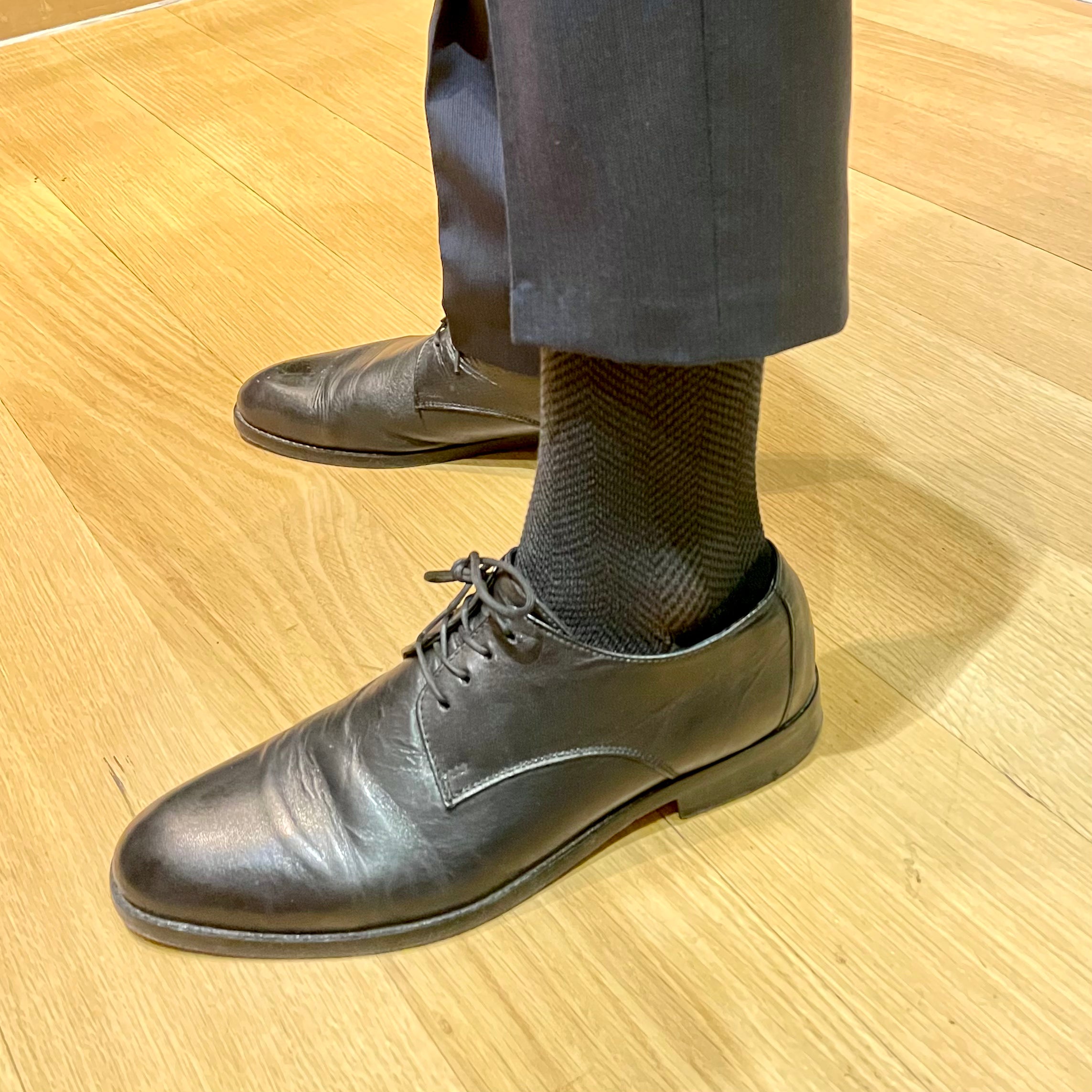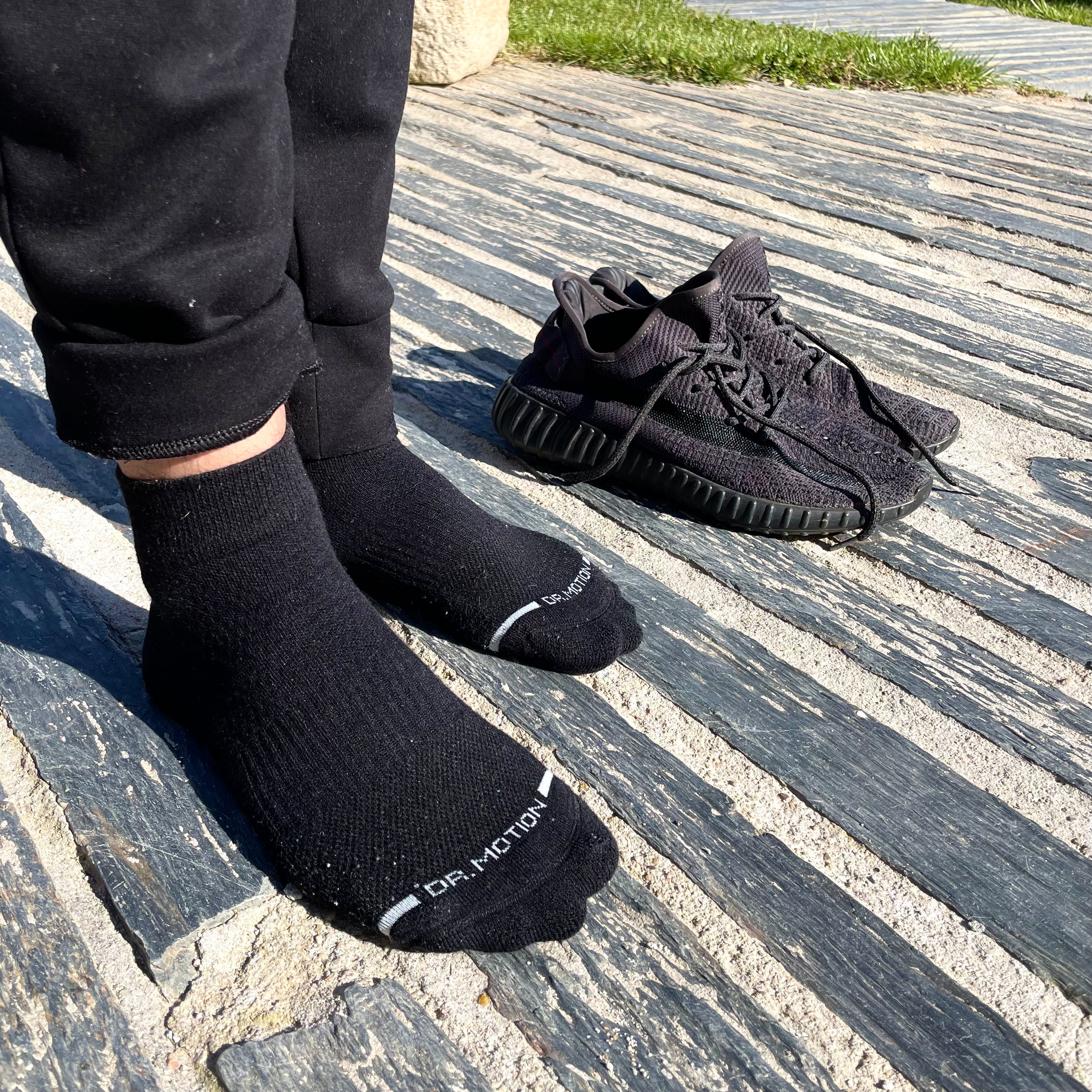Compression Socks for Seniors: Enhancing Mobility and Comfort
Aging comes with its share of challenges, but keeping up with your mobility doesn’t have to be one of them. If you're a senior looking to boost your comfort, reduce swelling, and maintain independence, compression socks are your new best friend. Whether you're spending time at home, enjoying a walk, or traveling, compression socks can help improve circulation and reduce common aches and pains.
Let’s dive into why these socks are a game-changer for seniors and how they can enhance your daily routine.
Why Compression Socks Matter for Seniors
As we age, our body undergoes changes that can affect circulation, particularly in the legs and feet. Reduced circulation often leads to swelling (edema), varicose veins, or even deep vein thrombosis (DVT), which can make moving around uncomfortable and, in some cases, dangerous. Compression socks offer a simple, non-invasive solution to many of these problems.
By applying gentle, graduated pressure to the legs, compression socks help improve blood flow, prevent blood from pooling in the lower legs, and reduce swelling. This can be particularly helpful for seniors who spend much time sitting, standing, or have limited mobility due to arthritis or other conditions.
Benefits of Compression Socks for Seniors
1. Boosts Circulation for Healthier Legs
One of the key benefits of compression socks is their ability to improve blood flow. As the heart pumps blood throughout the body, it can be challenging for blood to push back up from the legs. Compression socks support this process by encouraging the flow of blood back to the heart, ensuring that your legs stay fresh and energized.
2. Reduces Swelling and DiscomfortSwollen feet and ankles can make moving around difficult and uncomfortable. Compression socks help reduce this swelling by preventing fluid buildup in the tissues of the lower legs. Whether you’re up and about or spending the day relaxing at home, the right pair of socks can make a noticeable difference in how your legs feel.
3. Decreases the Risk of Blood ClotsSeniors are more prone to developing blood clots, especially during long periods of inactivity, such as extended travel or bed rest. Compression socks promote healthy circulation and reduce the risk of blood clots forming, which is crucial for preventing more serious complications like DVT.
4. Supports Mobility and Reduces Fatigue
For seniors who enjoy staying active, compression socks provide the extra support needed to keep moving comfortably. They help reduce muscle soreness and leg fatigue, allowing you to enjoy your daily activities—whether it’s walking the dog, gardening, or just taking a stroll around the neighborhood.
5. Reduces Risk of FallsPoor circulation, leg swelling, and muscle fatigue can increase the risk of falls, a common concern for older adults. Compression socks can help prevent falls by providing the stability and comfort needed for safe movement. By improving circulation and reducing swelling, they can also enhance balance and coordination, further lowering the risk of falling.
When Should Seniors Wear Compression Socks?
Compression socks aren’t just for specific moments—they can be worn during various activities, depending on your needs. Here are a few key times when compression socks can be especially beneficial:
- During Long Periods of Sitting: Whether you're relaxing at home or on a long car or plane ride, compression socks help maintain circulation, reducing discomfort and the risk of clotting.

- While Standing or Walking for Extended Periods: Compression socks provide the extra support needed to reduce leg fatigue and keep you moving comfortably.

- As Part of Your Daily Routine: Incorporating compression socks into your everyday wardrobe can help keep your legs feeling their best, whether you're running errands, enjoying hobbies, or spending time with loved ones.

Finding the Right Compression Socks
It’s important to choose the right level of compression for your needs. Compression socks come in different strengths, measured in millimeters of mercury (mmHg). For seniors, mild to moderate compression (8-15 or 15-20 mmHg) is often the most appropriate for improving circulation and managing swelling. However, it’s always a good idea to consult with your doctor to find the best option for your specific needs.
Comfort Meets Mobility
Compression socks offer seniors an effective way to stay comfortable, mobile, and independent. By supporting circulation, reducing swelling, and preventing fatigue, these socks are an essential tool in promoting overall leg health. Whether you're enjoying a leisurely day at home or tackling your favorite outdoor activities, compression socks provide the comfort and support to keep your legs feeling fresh and energized.
So, step into comfort and embrace the benefits of compression socks—they might just become your favorite everyday accessory!










